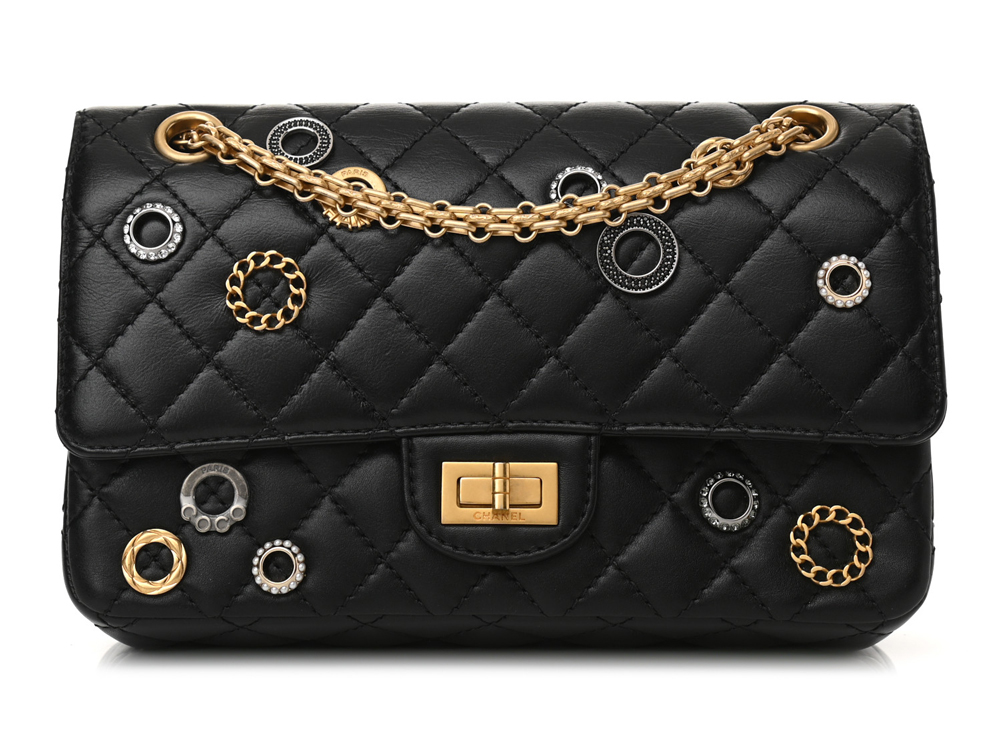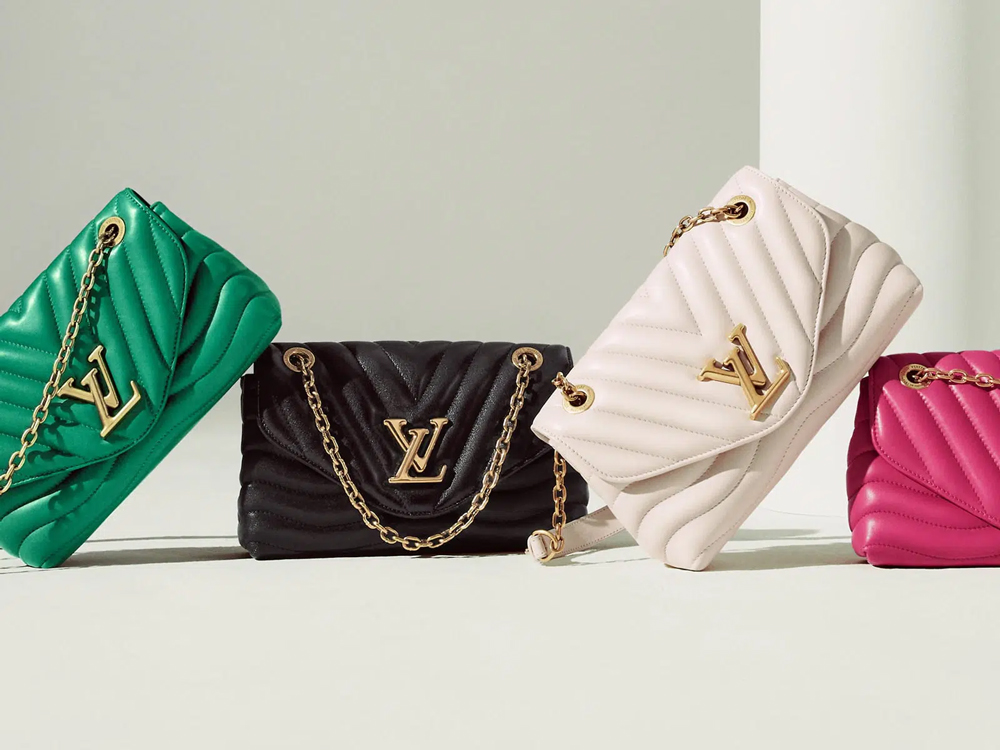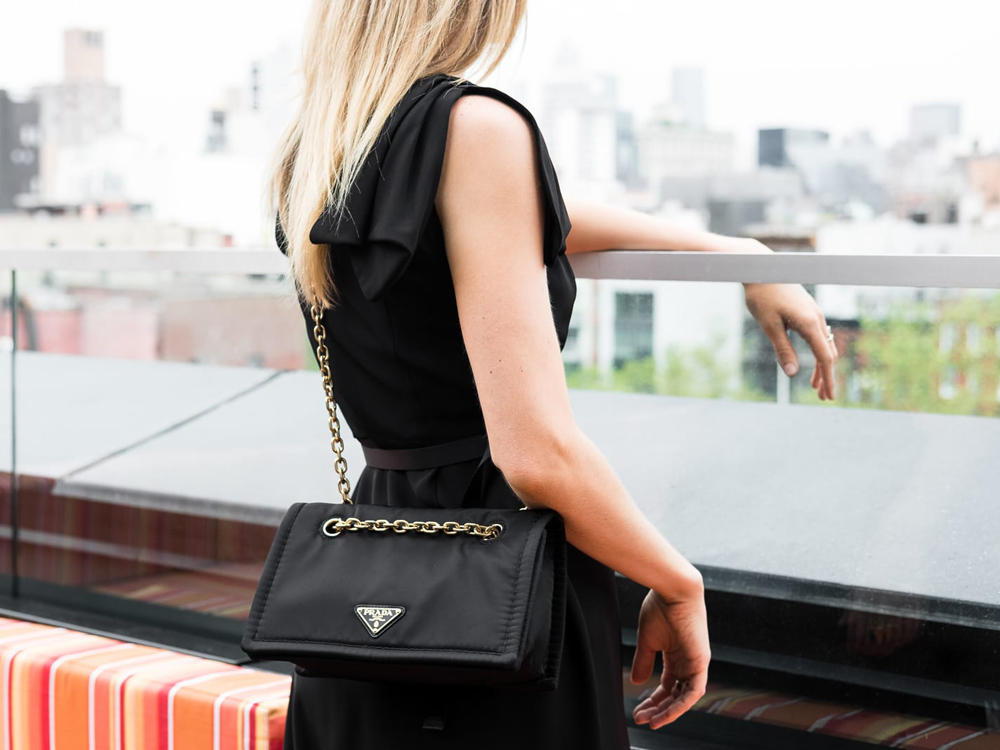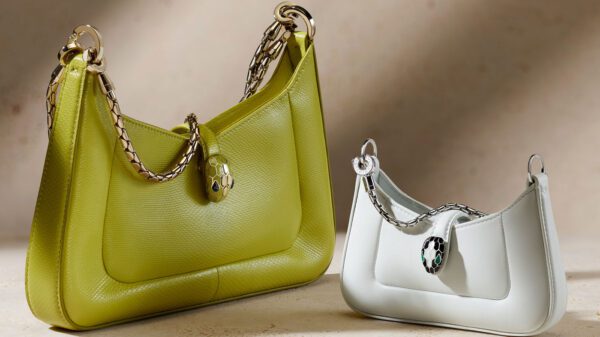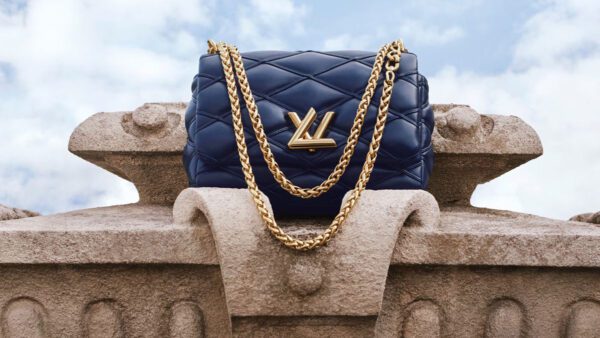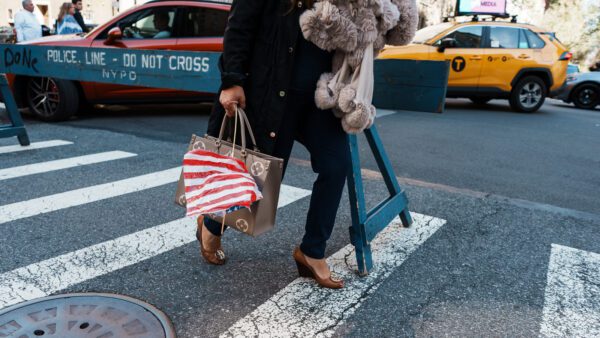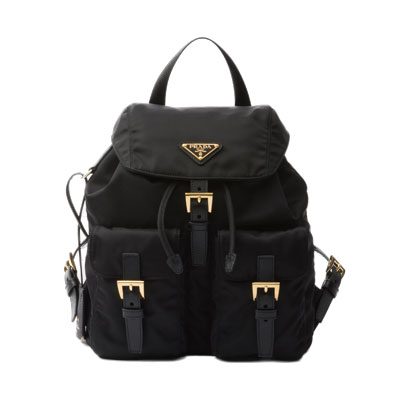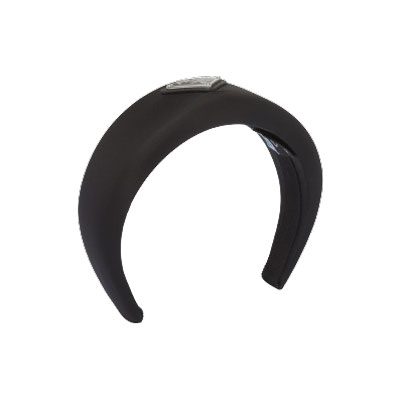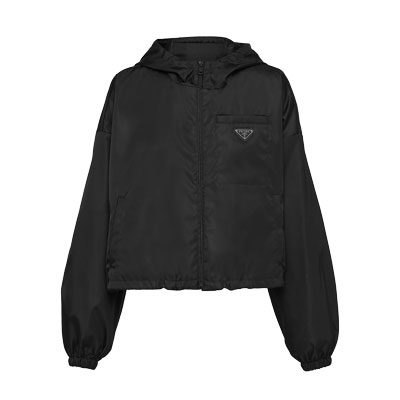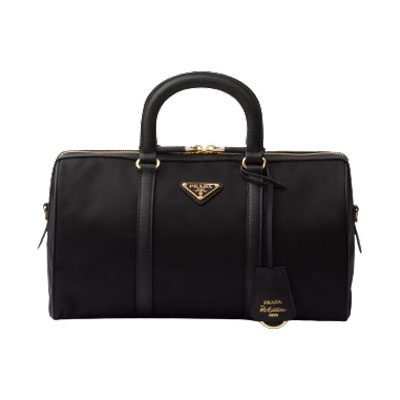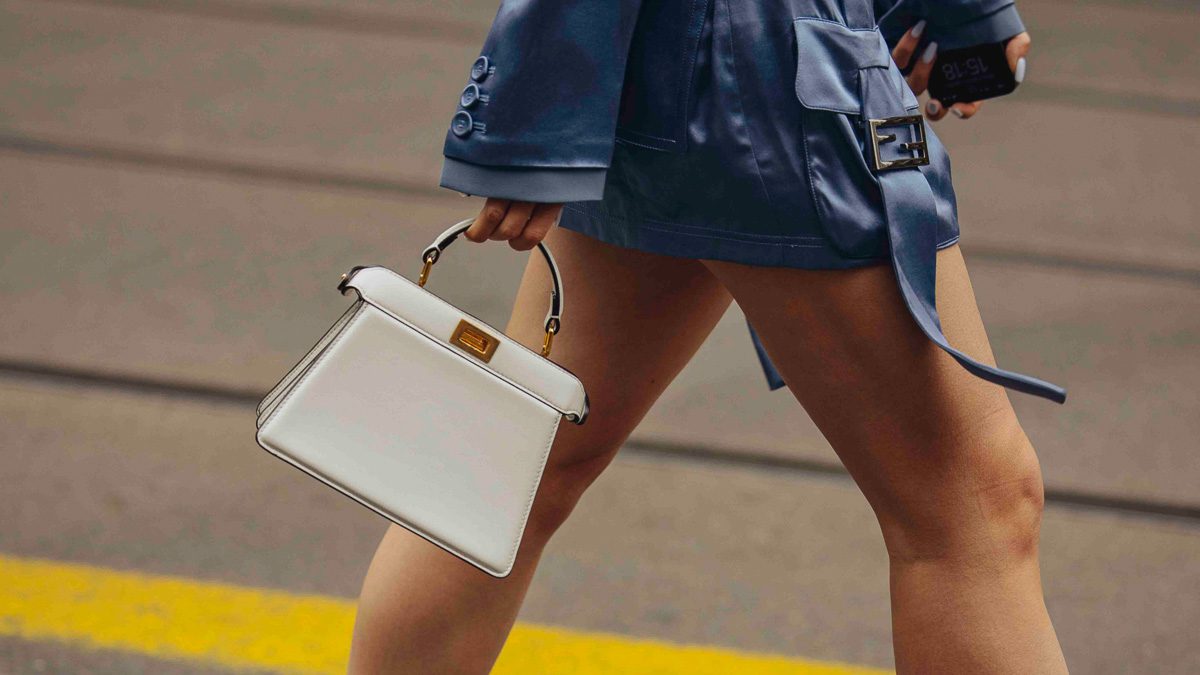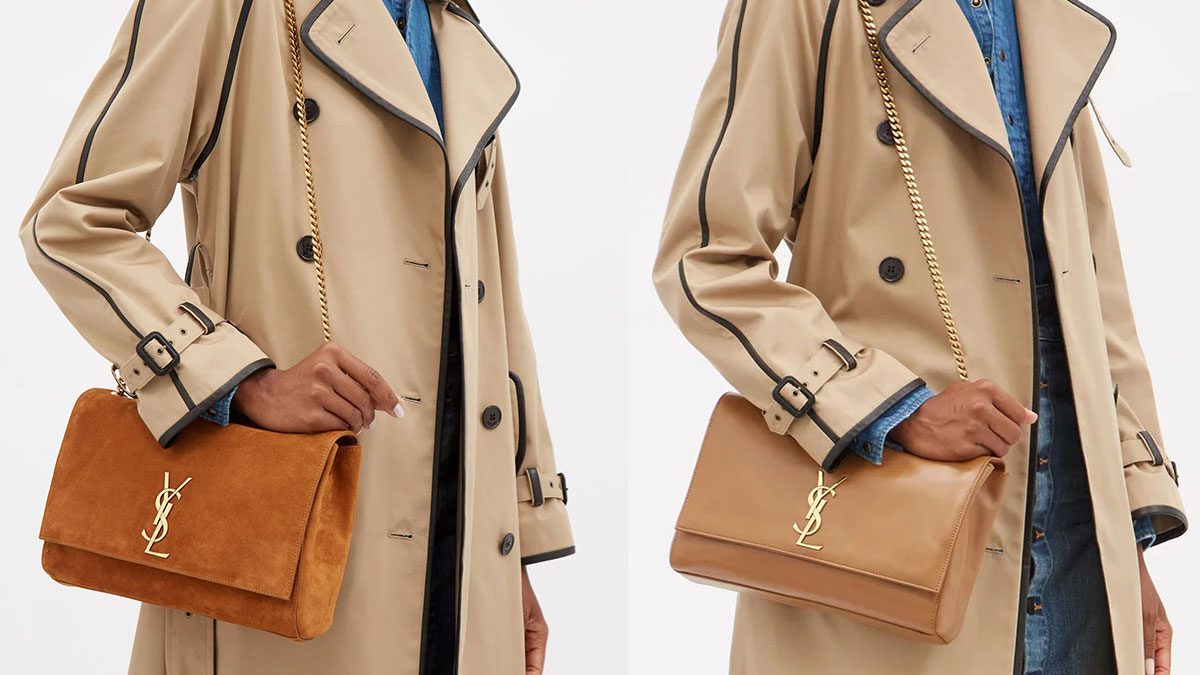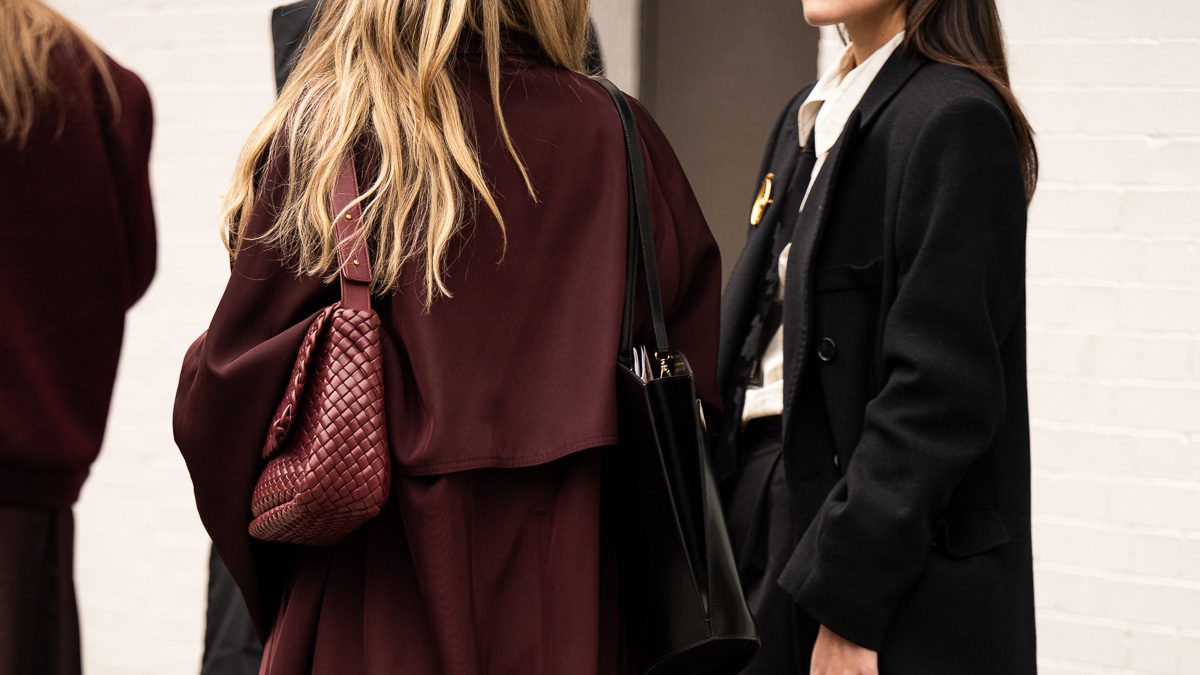For most of the world, a handbag is just that. A contraption to ferry the brunt of your belongings from point A to point B for some unspecified period of time. This a rather bleak take on our cherished carryalls, especially for perhaps the world’s biggest gathering of handbag lovers.
My point is the foremost feature of a purse, attested by millions of users around the world, is function. As an accessory, the handbag’s rise has been relatively recent depending where you live; obsession with purses (though I’m certainly guilty) is practically unheard of in my part of the world!
Yet, one can’t help but feel that the creators of these wonderful reticules sometimes deliberately leave certain aspects of design wanting, perhaps simply to bolster sales. You know how it feels: if only the strap-drop were an inch longer, if only there were a closing mechanism, if only it came in so-and-so colorway. All of these ‘if onlys’ leave with the the idea that the purse “would have been perfect.” It rarely is.
An equally infuriating catch-22 seems to exist within chain strap handbags, a longstanding grievance within the bag-loving community. So, join me as I unpack and explore all that has been said about this polarizing design over the course of its illustrious history.
Courtesy of Coco
The chain strap dates back to an era when purses were largely characterized by dainty metal hard handles and hence, limited in their capacity as the functional carryalls we know today. And in a well-worn turn of events, it was the famously rebellious Gabrielle “Coco” Chanel who fashioned a chain-link strap for her iconic 2.55 bag after the men’s messenger satchels of the era (although rumors suggest that it might have also been inspired by Chanel’s passion for equestrianism, or the chain belts worn by nuns at her childhood orphanage).
While Chanel’s original 2.55 featured a distinctive Rolo chain (Alejandra’s deep dive into the various chain types is a fascinating read), subsequent versions sported interlaced leather links that we see more commonly among the house’s offerings nowadays. And since then, it has spawned innumerable lookalikes, owing in no small part to its immediate and far-reaching popularity, eventually seeping into designers’ collections at every imaginable price point.
Of course, whether the incorporation of the chain strap itself is warranted is up for debate (the BV Chain Mini Jodie being an obvious offender). But on the whole, chains have become a stalwart of modern design.
And that brings us to its biggest drawback – utility.
The Chain Reaction
As far as handbags go, statement hardware isn’t entirely a novel concept. From the Bottega Veneta Sardine’s metal sardine handle to the Chloé Paddington’s sizeable padlock, we’ve witnessed all sorts of imaginative metalwork on the runway over the years. Chain links, in theory, are no different, instantly elevating a purse without requiring much technical effort on the designer’s part.
Like most hardware-heavy handbags, however, the downside to them is their sheer weight, which sometimes ends up limiting the overall usability of the purse itself. Be it lighter metals (often accompanied by a decline in quality), or leather-entwined chains, there is, at the end of the day, a certain heaviness to chain links that can feel clunky and even leave indentations on the skin (not to mention the more longer-term possibilities of shoulder-injury over prolonged periods of use), that’s only magnified if the bag itself is large, and hence, prone to over-stuffing. A parallel complaint that runs along these lines is chain handles tending to slip from the shoulders more readily, making shoulder carry uncomfortable for users.
There are other issues as well, though, plenty of people, myself included, are willing to suffer in the name of fashion. Chain straps may heat up or cool down drastically depending on weather conditions, snag onto hair or clothing fibers, and are generally not adjustable. They may degrade not only the leather of the purse but also the chain itself is vulnerable to tarnishing!
I find chain straps to appear a hasty afterthought, a rather conspicuous design element that, more often than not, simply looks sloppy or otherwise overwhelms the purse. In fact, you wouldn’t be wrong if you thought dragging around a chain purse made you feel like Marley’s Ghost!
Style Over Sensibility?
Despite this substantial list of grievances, how is it then that chains have survived and thrived in the market for so long?
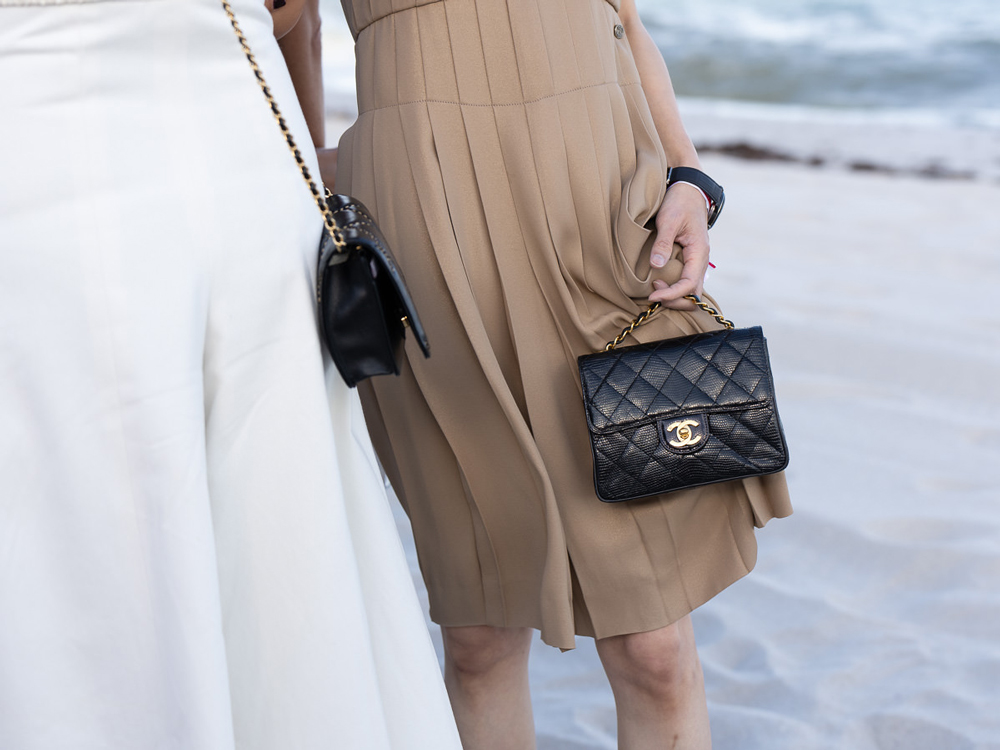
Well, a staple among the evening bag scene and on the face of today’s transient handbag trends, chain straps have always been associated with a level of dressed-up glamour that’s difficult to match, even if they aren’t the most appropriate for everyday use. In fact, in their shinier variants, chain straps almost possess a jewel-like element, and who wouldn’t like a bit of bling to their little black dress, right? And if you’ve managed to adapt to the weight of the bag itself, chains (especially of the antique gold or ruthenium variety) are pretty hardwearing and, reinforced with leather cushioning, might make a tough tote capable of withstanding your daily grind too!
But perhaps the chain’s success can be attributed most eminently to the house of Chanel. So ingrained it is into the history of fashion and onto the fabric of the brand’s DNA that it has developed a meaning of its own, a status of a classic independent of any and all usability considerations. At the end of the day, it really does boil down to a question of style over sensibility. And as long as consumers keep aspiring for a timeless Chanel, brands must continue to cater to them. As Amanda aptly says, “Fashion can be art, but it’s always capitalism, and brands need to sell bags.”

